I am looking for a way to generate Kolmogorov-Chapman equations for MathCad to solve Markov Chain problem.
Problem is to find probability of the system being in one of the states. System has N components.
I have a graph with 2^N nodes (states), and 2*N parameter: N a's, which is probability that Nth component will break down and N b's, which is the probability that broken component will become healthy again.
N can be close to 10, which means, that there will be 1024 equations at least, so I'm looking for a way to generate these equations.
Mathcad is not a requirement, any other math engine is OK (even Python if then can be solved with smth like scipy)



